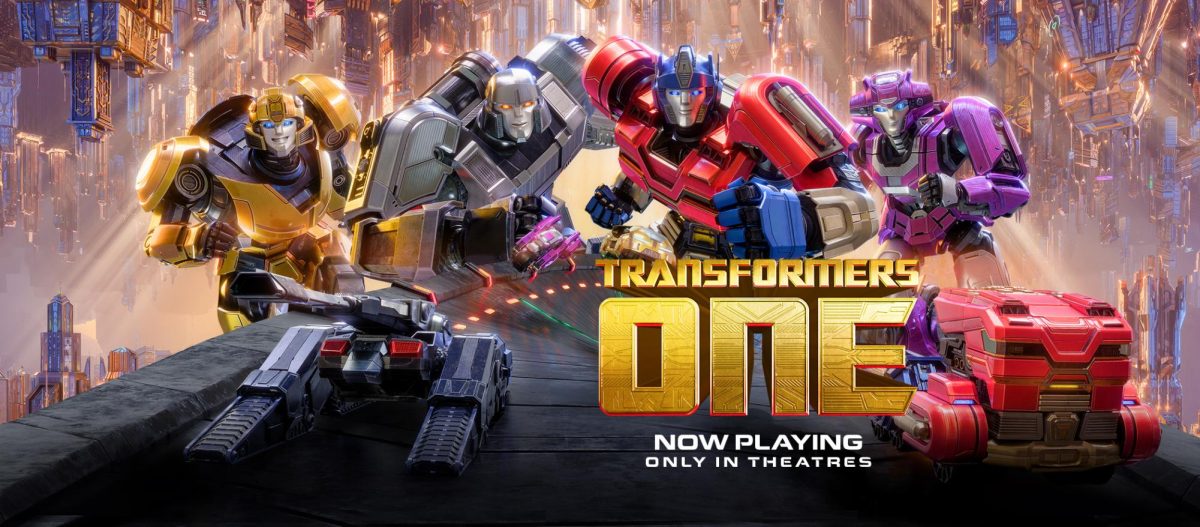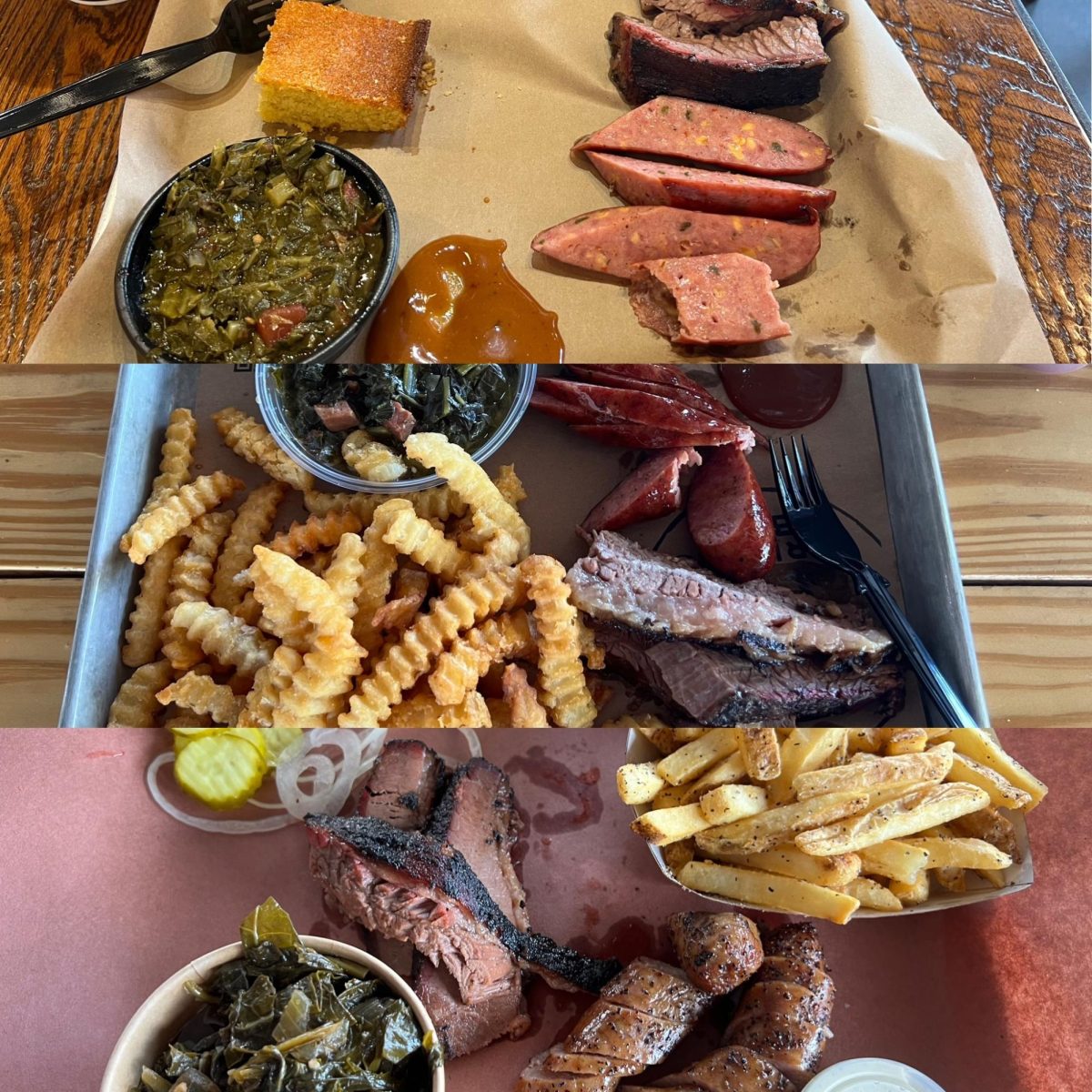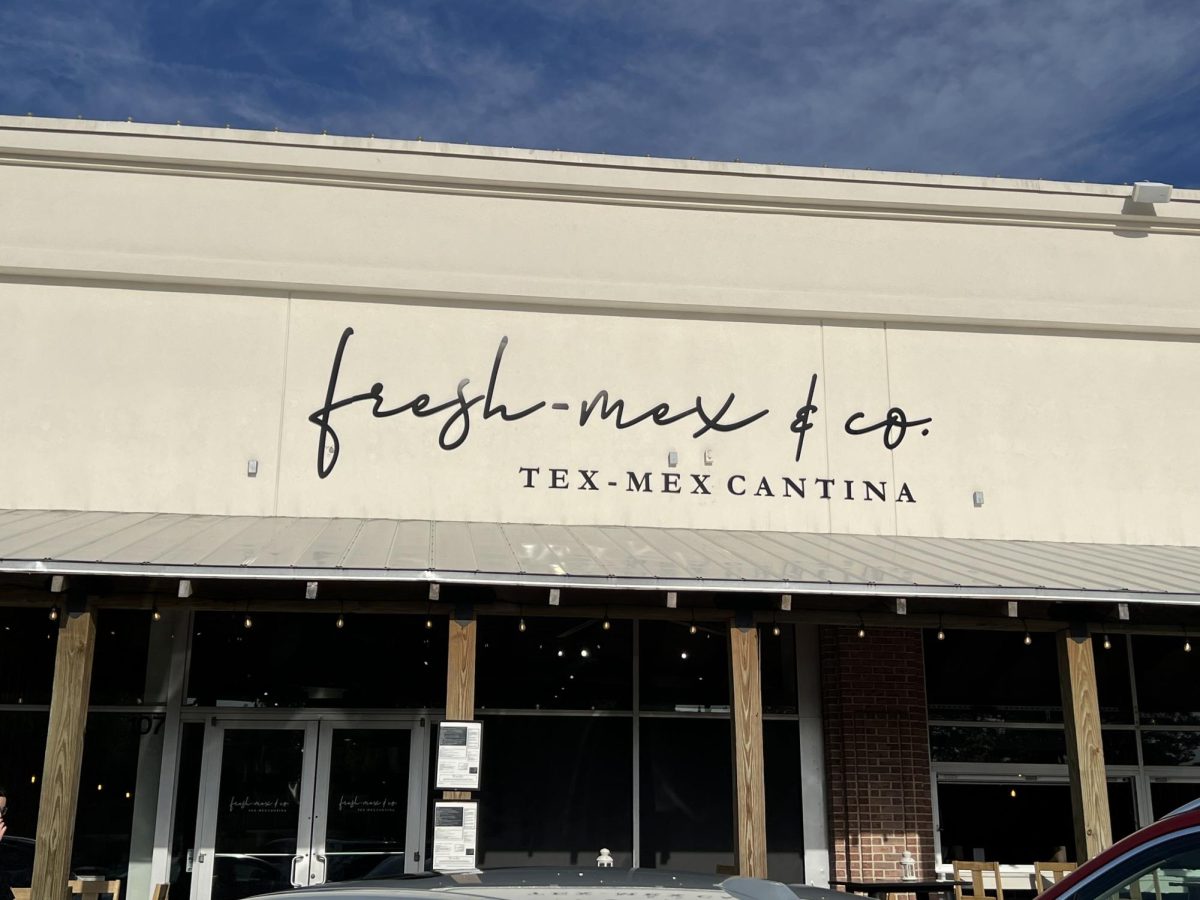
SORNE are a multimedia art collective from Austin, Texas. Considering his work a “tapestry of humanism,” Morgan Sorne’s elaborate tale of five siblings is concerned with the villainous extremities of human nature. Osprey Radio spoke with Sorne about the creative process behind his debut album House of Stone, the role singing can play in self-expression, and the nature of inspiration.
OR: Tell me about how the idea of SORNE the band began.
MS: About six years ago I began developing a series of short stories. I started in high school years and years ago, but while I was still living in Florida I began fleshing out the idea of a story about five siblings singing songs about their relationship to their father. Though he is a character in the story, he was never a living character, so you learn about the father through their perspective of him after his death. As things progress, you learn about what will happen to the siblings, foreshadowing things to come all through song. The characters were based on family members and people very close to me. Over the years they’ve taken on their own identities, serving as archetypes, really.
At the time these stories were coming, they were really a means of coping with some things that were going on in my life. Like any great fiction, the writer reacts to his circumstances. Storytelling is such a healing thing; there’s something very fun and cathartic about being able to speak through story. For me, the objective has been to create something that takes visual art, music, and performance and provokes new ideas.
While touring around the state, I met Kevin Naquin and Dean Cote who helped me figure out how the live show would turn out. Actually, when I started playing in college, I had a different ensemble here in Florida.
OR: So it was a different set of performers when you played in Florida. Was there a noticeable difference when you switched to the new performers?
MS: Yes, definitely. When starting out, it definitely had more of a progressive rock sound. It took a bit of time to really flesh out some of these ideas. That’s where the distinctive sound really came from: taking time to soak in all the different influences I had been listening to and letting it germinate over time. The songwriting process has been one that’s simply a means of taking what you have in the immediate vicinity and creating new music from it. The visual art as well was formed from this approach.
“Rhythm and voice is such an integral part of this music because it speaks to the human rhythm, this pulse that all of us feel on some level.”
OR: I once noted that the setting of House of Stone reminds me of Thomas Hobbes’ image of the state of nature, a “brutish” world where the characters are subject to chaos. Do you agree that your world is like that, and if so, is this world one that’s inherently negative?
MS: I’ll say this. The basic concept behind House of Stone was that this group of people represents the villain. We’re looking through the eyes of the villain. This family is a tyrannical family. They’re feared, evil, but the point is to look at their lives, their suffering and understand why they do what they do. There are groups today whom the rest of the world fears and yet we have no idea what life is like on their side. The idea there was to speak to this need to find understanding. In terms of [House of Stone’s] world, there’s reference to this New World Order concept where the rest of the environment is uniting under one concept and this group of people is the last holdout. They’ve resisted for years and The Second Sun (one of the five siblings) is literally saying “I’m taking it back, I’m going to reclaim land that has been taken from us and you all can try to stop me.”
The whole record has this building sense of doom. This outside order is building this huge attack to just wipe them out once and for all for transgressing. The Second Sun character is angry; he’s hell-bent on realizing this Manifest Destiny idea that he has built with these fragments of the past. He’s assembled this idea of what his country should be using examples like the Egyptian culture or the American culture. Speaking on that, the events of this story could be in the future; they could be 45,000 years ago. It also can be reminiscent or reflective of what’s going on in today’s world. It could be happening simultaneously, on parallel planes.
OR: What was it like recording the album? The aesthetic was partially born out of necessity, and yet it fits so well with the narrative, to the point where you don’t even notice that the record was recorded entirely using things in your house.
MS: I remember a quote from Nietzsche that says “He who has a why can bear almost any how.” I love that because it speaks to things that I believe are important to my process. Know why you make what you are making. All of the elements here in the album were thought about. The guitar was my dad’s first guitar. The piano in some of the songs I haven’t released yet was my granddad’s piano. And each sibling has their own instrument. The First Born has a lap harp and there’s something about the sound of a lap harp that speaks to the nature of his story. It harkens back to the sound of early Americana to say something, to let some of this blood out. I had some basic studio elements and realized the music as well as I could, given my resources.
I had some experience building and outfitting a studio. We built the studio from the ground up, literally built the building and outfitted it with a whole bunch of equipment. From that, I learned a lot about what you need and what you don’t need. If you think of the old folk and blues songs that were recorded through nothing but a tin can, they’re beautiful. The rawness of the recording translates. That could be representative of a number of songs I will be releasing this year. I feel like a lot of the vocalists I have been inspired by aren’t necessarily the most pleasant to listen to, yet there’s something about the modem of their voice that completely floors me.
OR: Who did you have in mind?
MS: People like Joanna Newsom, Antony Hegarty, Jonsi from Sigur Ros, Devendra Banhart, and also this collective out of Japan called Geinoh Yamashirogumi. All of the voices in that group are at times very abrasive and yet speak to this level of humanism that’s very satisfying. It fills a void that’s missing; perhaps it’s the intensity of their voices. Or even Bjork. There are sometimes when she sings that she even sounds like a cat! But it’s so great! There’s a freedom there, a liberation happening when a vocalist can just open their mouth and it’s something that I’ve seen happen in our audiences. As we perform as a group, people have come up to me and said they’ve always felt self-conscious about singing because of something that has been told to them. Even Dean has said it to me as a few times that he’s felt subconscious about his voice. There’s this desire in us to want to sing.
“For me, the objective has been to create something that takes visual art, music, and performance and provokes new ideas.”
We need to throw out preconceived notions of what it means to be a “good” singer and just sing. We need to forget about what we’ve been told because singing is so cathartic. We’ve done these shows now where it will break down to me teaching harmony to the audience and they will just soak it up and embody that. Rhythm and voice is such an integral part of this music because it speaks to the human rhythm, this pulse that all of us feel on some level.
When I was asking myself the question “What right do you have to make art? What do you have to say?” I went back to some tapes my mom had recorded when I was singing and making beats at the age of two. I listened to the beats and there’s almost this polyrhythmic thing I was doing with my hands and I said to myself “Okay, that’s what I do. I make beats with my hands and sing. And I like to draw little guys and cut them out!” From there it’s just stepping aside and letting that creative energy to flow.
There was a great Ted Talk with the lady who wrote the book Eat Pray Love in which she speaks of this idea of genius. Around the Renaissance, the idea of genius shifted from something out of the universe that speaks through the artist to something that’s placed on the artist. The artist is now called the “genius.” To me, that’s so debilitating and it stifles the creative process. Over the past four years, it’s been a constant conscious process of mine to step aside and allow the work to flow through me. I focus on the quantity of the work and allow the universe to focus on the quality of the work. If we can regard ourselves as stewards to that creative energy we feel compelled to convey to people, it makes the job that much easier and enjoyable. You don’t have to take responsibility for the work. You’re merely a servant to it.
SORNE will be performing at CMJ Music Festival this Thursday and Friday in New York, NY.











